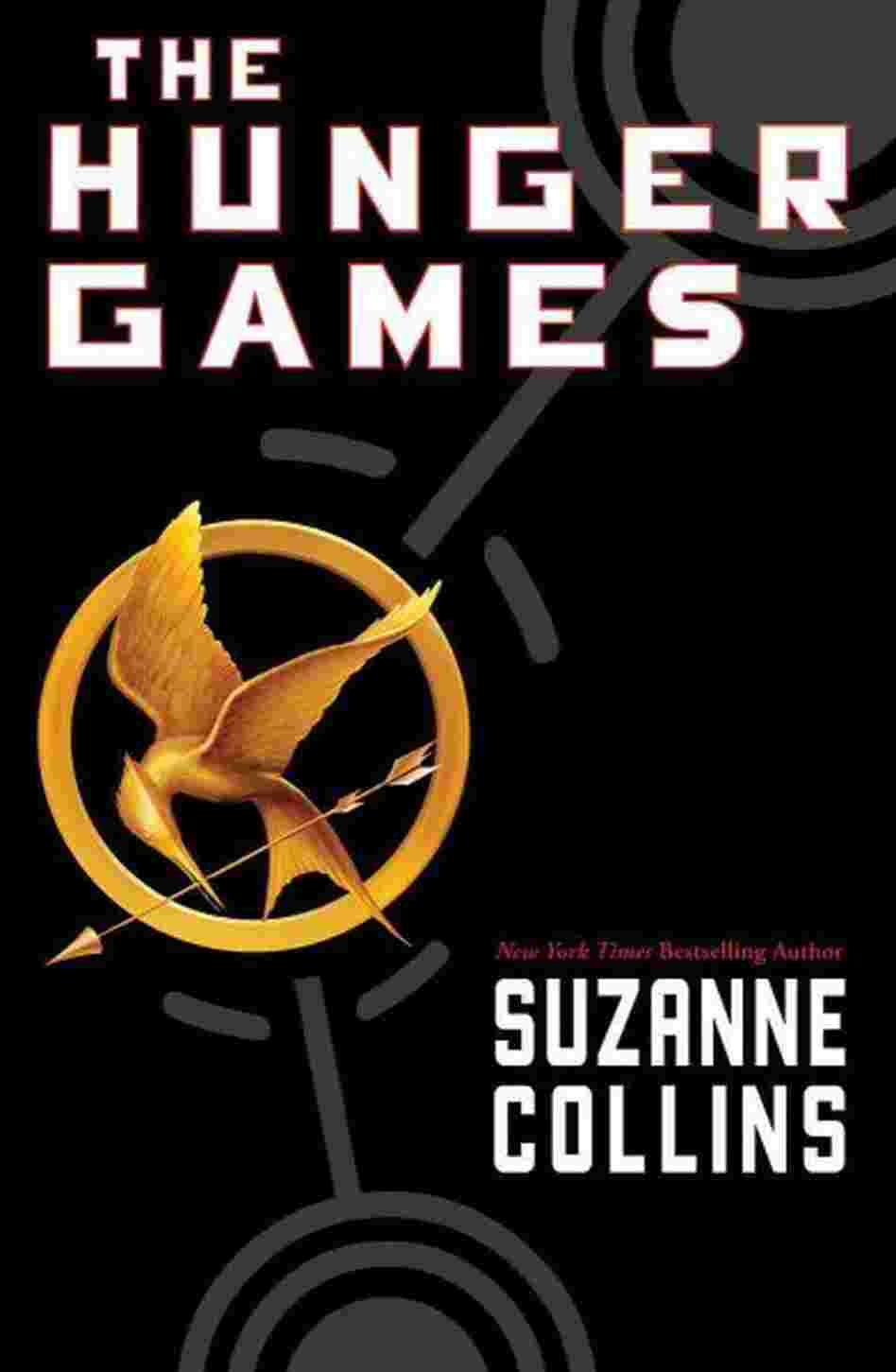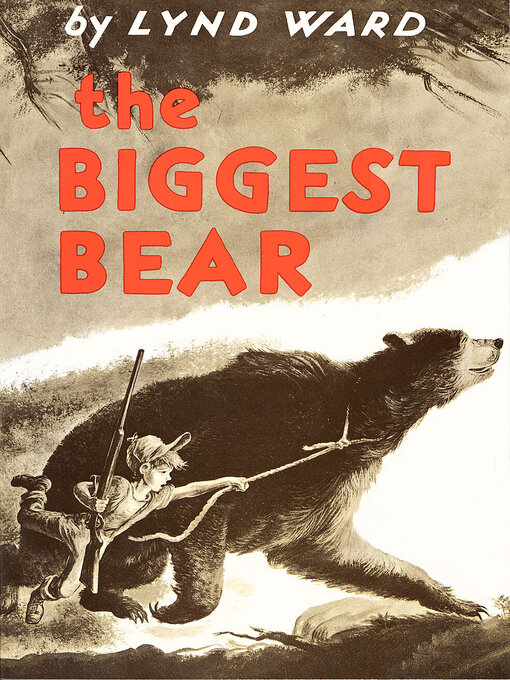Collins, S. (2008). The hunger games. New York, NY: Scholastic Press.

“The Hunger Games” is a fantasy selection told from first person point of view. 16 year old Katniss Everdeen tells her story beginning the day of the country’s reaping. The reaping began many years ago. The country once had thirteen districts. The districts rebelled, thirteen was destroyed, and the rest were handed the reaping ceremony as a reminder that the districts would never be able to prevail against the capitol. The reaping ceremony consists of a male and female under the age of 18 being chosen from each district. From this selection, 24 total from all around the country will meet up in an arena to fight to the death.
The first conflict arises when Katniss' sister, Prim is chosen to represent district 12. Katniss is totally against this happening, therefore, she takes the place of her sister. Ultimately, Katniss and Peeta Mellark go to the capitol to represent their country. There are many, many more conflicts throughout the course of the book, which keeps the audience on a whim at all times.
There are several activities that you could do with this book, although, it would only be suitable for young adults. You could allow students to compare and contrast many things in the book; my favorite thing to do is, of course, the countries. This allows cross-curricular integration of social studies.
 Kevin Henke's book, "Kitten's First Full Moon" depicts the story of a kitten whom is very hungry, but even more brave. She looks up to the big, bright full moon that she is seeing for the first time and thinks that it is a big bowl of milk. She stretches for it, licks at it, jumps up for the milk, climbs trees for it, and even jumps in a pond for it. She had several unlucky happenings trying to get to her big bowl of milk, when all she had to do was go home.
Kevin Henke's book, "Kitten's First Full Moon" depicts the story of a kitten whom is very hungry, but even more brave. She looks up to the big, bright full moon that she is seeing for the first time and thinks that it is a big bowl of milk. She stretches for it, licks at it, jumps up for the milk, climbs trees for it, and even jumps in a pond for it. She had several unlucky happenings trying to get to her big bowl of milk, when all she had to do was go home. "Many Moons" is a picture storybook that tells the tale of a princess whose kingdom is by the sea. The little girl falls ill, and when her dad, the king asks what would make her better, she replies "the moon." Immediately, the king sets out to get his wise men to fetch the moon for his daughter. When told it is impossible for countless reasons, he turns to the court jester for help. Needless to say, the little girl receives the moon in the end; to the king's surprise, she has it all figured out. He was so concerned about her finding out that it wasn't the real thing, when in reality, she had the pure, innocent mind of a child and had reasoning that was unbeknownst to him and his other wise men.
"Many Moons" is a picture storybook that tells the tale of a princess whose kingdom is by the sea. The little girl falls ill, and when her dad, the king asks what would make her better, she replies "the moon." Immediately, the king sets out to get his wise men to fetch the moon for his daughter. When told it is impossible for countless reasons, he turns to the court jester for help. Needless to say, the little girl receives the moon in the end; to the king's surprise, she has it all figured out. He was so concerned about her finding out that it wasn't the real thing, when in reality, she had the pure, innocent mind of a child and had reasoning that was unbeknownst to him and his other wise men.
 "The Biggest Bear" is a picture storybook that tells the story of a little boy and his "pet bear." This book received The Caldecott Medal in 1953.
"The Biggest Bear" is a picture storybook that tells the story of a little boy and his "pet bear." This book received The Caldecott Medal in 1953.
 Learning is an adventure for all students. They get so much satisfaction from learning something new. As a kindergarten teacher, the first several weeks of math with my students is spent on number recognition and the comparing of numbers (1-10). I always like to make connections to real life, and one of my favorite books to use is "Ten Black Dots." The students love this because they can make connections and they get to read a fun book. With that said, something that I have been striving to do is use more books and to make multicultural connections during instruction time. Upon much research, I found this fabulous book to add to next years collection.
Learning is an adventure for all students. They get so much satisfaction from learning something new. As a kindergarten teacher, the first several weeks of math with my students is spent on number recognition and the comparing of numbers (1-10). I always like to make connections to real life, and one of my favorite books to use is "Ten Black Dots." The students love this because they can make connections and they get to read a fun book. With that said, something that I have been striving to do is use more books and to make multicultural connections during instruction time. Upon much research, I found this fabulous book to add to next years collection. "When I was Young In The Mountains" is one of the most memorable picture books that I can recall from my adolescent years. I remember the first time that I heard the story, in fourth grade; we were getting ready to write our personal narratives. My teacher, Mrs. Ryan, read the story to us, and began telling us her own personal story that related so much to this amazing picture book.
"When I was Young In The Mountains" is one of the most memorable picture books that I can recall from my adolescent years. I remember the first time that I heard the story, in fourth grade; we were getting ready to write our personal narratives. My teacher, Mrs. Ryan, read the story to us, and began telling us her own personal story that related so much to this amazing picture book.